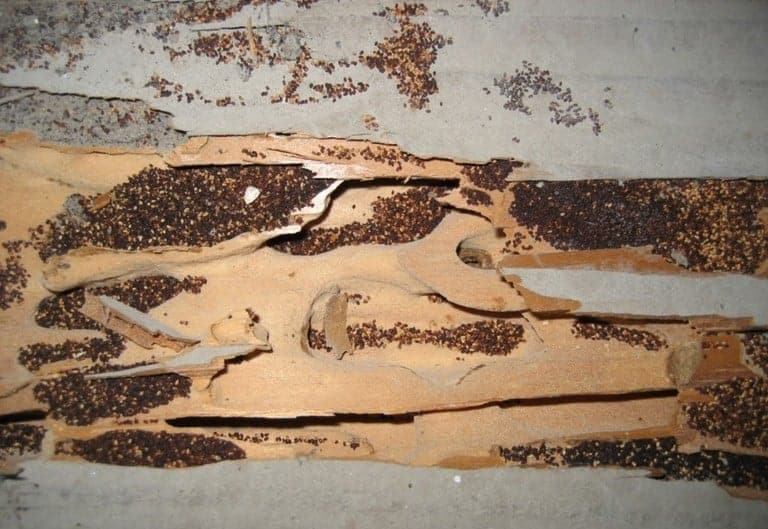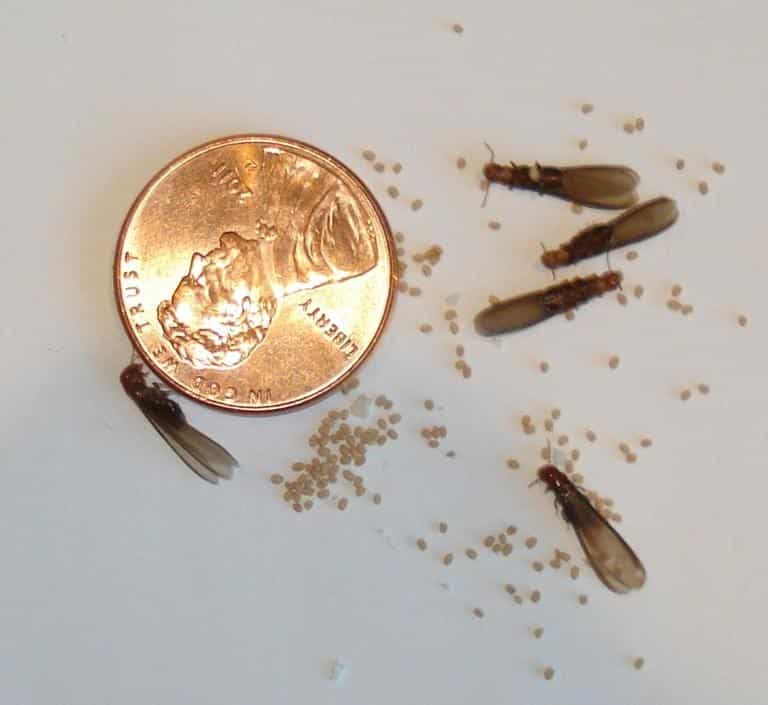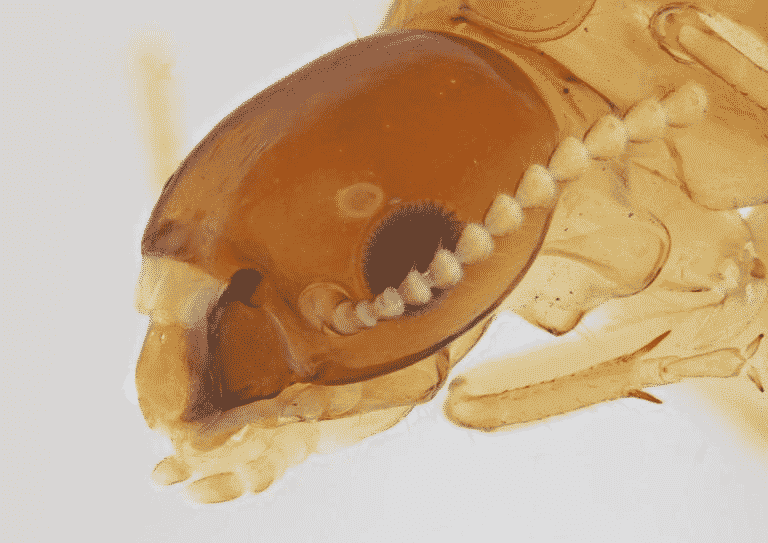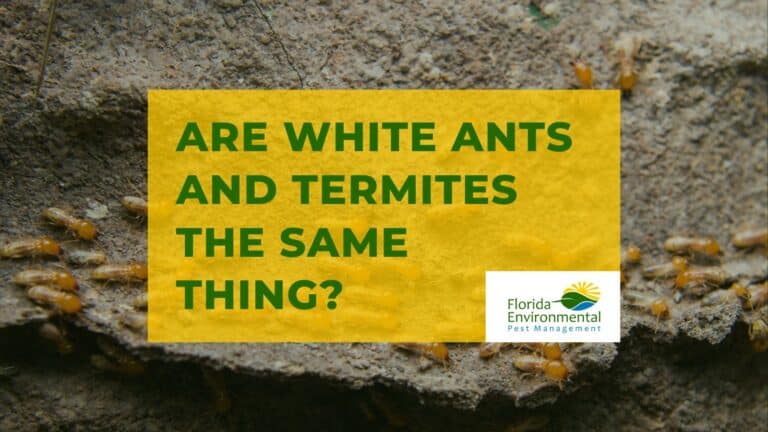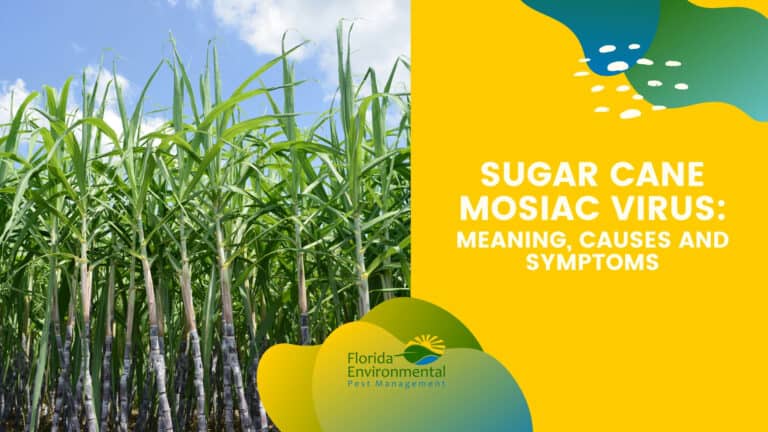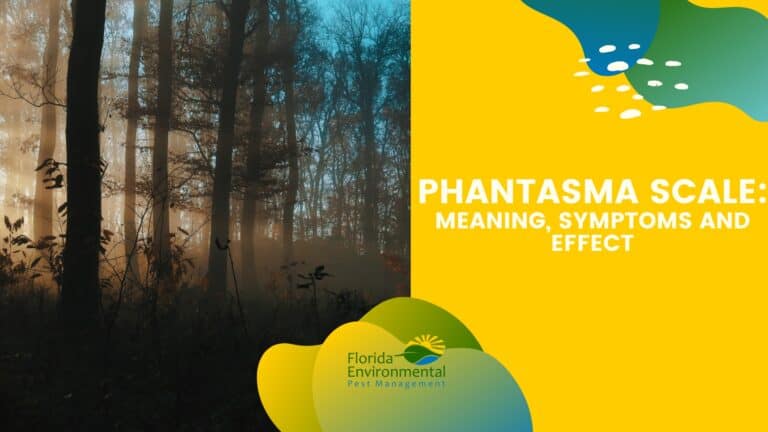The western subterranean termite has some unique qualities that set it apart from other subterranean termites, even though they have so much in common.
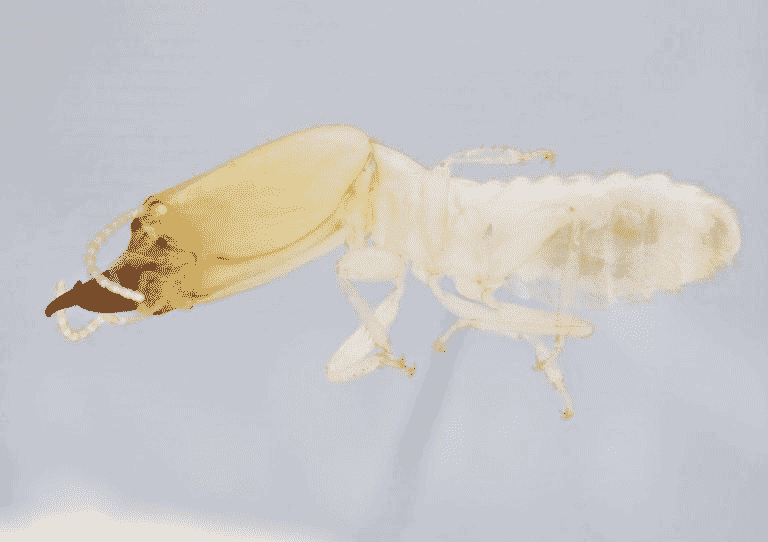
How to Identify a Western Subterranean Termite
The soldier caste of this species is made up of larger termites with rectangular heads and long pincher-like mandibles for protecting themselves and the colony.
The workers are cream-colored, making them appear like carpenter ants. The unique quality of this species is that the swarmers are not the reproductive ones. Only the queen is capable of laying eggs and does very effective work at that, producing over 2000 eggs every day.
What do light Western subterranean termites survive on
The western subterranean termites may not pose that much of a threat to your home because they don’t consume hardwood. However, if you have decaying wood, fallen trees, stumps, and dead softwood plants, they’re likely to feast on those.
Another unique feature of this species compared to other species is that they have a weird feeding system known as Trophallax, where colony members feed off the food content in the guts of one another. This makes it easy for food to reach every termite in the colony.
Common signs of Western Subterranean Termite Infestations
Some infestation signs you will notice if you have the western subterranean termites in your home include:
– Damaged and partially digested wood
– Hollow wood with mudpacks
– Mud tubes
– A honeycomb appearance in damaged wood.
How to get rid of western subterranean termites
Getting rid of western subterranean termites starts with taking preventive steps, including:
– Blocking all contacts between your home furniture and soil
– Removing any plants or deadwood from areas near your foundation
– Ensuring that your home is constantly dry as western subterranean termites thrive where there is moisture
Even after taking all these steps, you may still find western subterranean termites in your home because sometimes, their activities can often go unnoticed. This is why you should call a pest control expert to inspect your environment at least once yearly.
If you have noticed the above-described termites in your home, there’s a strong chance they have already developed a working colony that may be difficult to find unless you have the training and the right tools to use. Call a pest control expert to stop the damage before it worsens.
The castes of western subterranean termites
There are four main castes in the western subterranean termite colony: the highest caste, the alates, the soldier termites, and the worker termites.
– The highest caste: This caste includes the mature king and queen, who are responsible for increasing the colony. The king and queen are responsible for mating to reproduce to keep the settlement surviving.
– The alates (swarmers): The alates are winged termites, usually young kings and queens. They develop two wings in their early stages that are just strong enough to help them fly from the colony to set up new colonies somewhere else. Once they have found comfortable spots to lay eggs, they shed their wings and stay underground for most of their remaining days, laying eggs and keeping the colony alive.
– Soldier termites: This caste protects the colony. They have enormous heads to house their large mandibles used to maim their enemies. Soldier western subterranean termites are usually yellowish-brown in color and are easily distinguishable from other castes.
– The worker termite: The worker termites do what their name suggests. They dig tunnels and chambers for the colony. They live to feed the other castes to keep the colony surviving.
FAQs
Are subterranean termites harmful?
Subterranean termites are dangerous to your home’s wooden structures, foundation, and plants. Soldier subterranean termites are also equipped with strong, large mandibles for attacking predators, and they can often sting people with them if they feel threatened. The pain can last for as long as thirty minutes and leave a slightly raised bump on your skin.
What is the best treatment for subterranean termites?
The best treatment for western subterranean termites is trenching, rodding, and treating.
What’s the difference between subterranean termites and regular termites?
The main difference between western subterranean termites and regular termites like dry wood termites is that subterranean termites usually nest underground and form their colonies there. Drywood termites, on the other hand, form their nests and colonies inside the wood they’re infesting.
Do subterranean termites go away?
Like every living creature, subterranean termites will have no reason to leave their dwelling place as long as they still have access to food. The best way to get rid of them is to call an expert in termite control to have them removed.
Can you treat subterranean termites yourself?
You can attempt to do it yourself, but you may never really affect the colony. Only an expert knows how to trace the termites to their source and kill every single one of them, including their kings, queens, and eggs.


